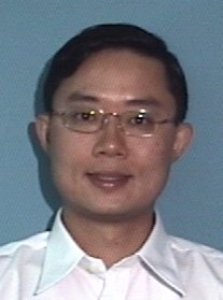Researchers at the Nanyang Technological University (NTU) have developed an endoscopic robot for performing surgeries on patients affected with gastric tumours without the need for hospitalisation.
 Professor Louis Phee
Professor Louis Phee
This procedure is the world’s first flexible endoscopy robotic surgery done on the stomach and was performed on three patients in India between 1st and 3rd July. A flexible endoscope with small robotic arms, with a total diameter of 16 mm, was inserted through the patient’s mouth into the stomach. The surgeon was able to constantly monitor its path, with the help of the joystick and control buttons he removes the cancerous tumours. After removal of the tumours the patients were able to go home.
Associate Professor Louis Phee and Professor HoKhek Yu Lawrence were instrumental in developing the flexible robotic surgical method. Louis Phee is the Head of the Division of Mechatronics and Design and the School of Mechanical and Aerospace at the Nanyang University. Yu Lawrence is a Senior Consultant at the Department of Gastroenterology and Hepatology at the National University Hospital. It took them six years to develop the system, which they have named as MASTER (Master And Slave Transluminal Endoscopic Robot. MASTER was completely developed at NTU. Using this new approach to surgery, the need for incision is totally eliminated and the procedure is called Endoscopic Submucosal Dissection (ESD), in India. It is even possible to perform surgery on other organs such as liver, kidney etc by routing through the stomach. After completing the procedure, the robot mends the hole in the stomach and exits through the patient’s mouth. The procedure is highly precise and the doctors are able to navigate easily through the digestive tract. The robotic arm is capable of assessing the hardness of the tissues and the doctors therefore are able to vary the pressure accordingly.
The Asian Institute of Gastroenterology (AIG) was the first to experiment the procedure. The surgeons with AIG who performed the experimental surgeries had been in Singapore last year to get training on the prototype. The next step is to spread the method to Hong Kong and Germany, performing trials in Singapore would take time as patients with this ailment are rare in Singapore.